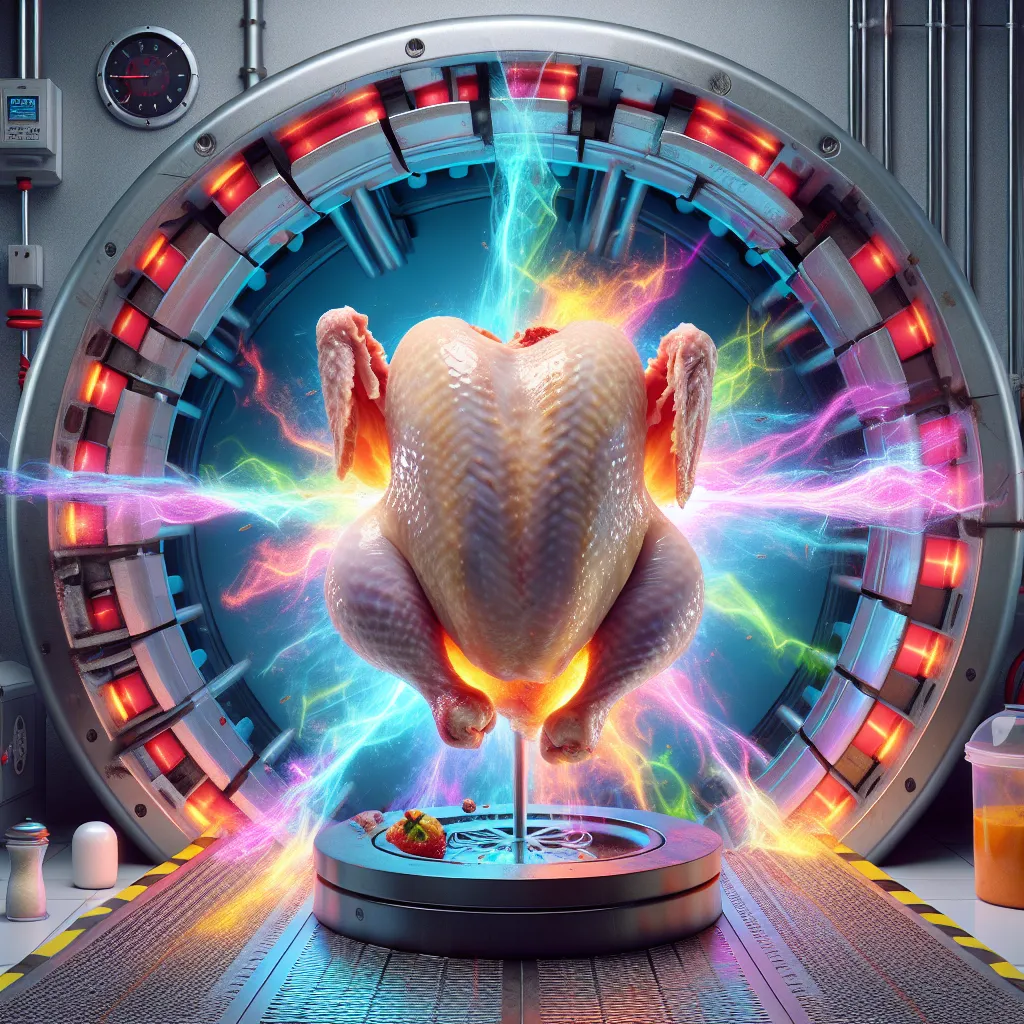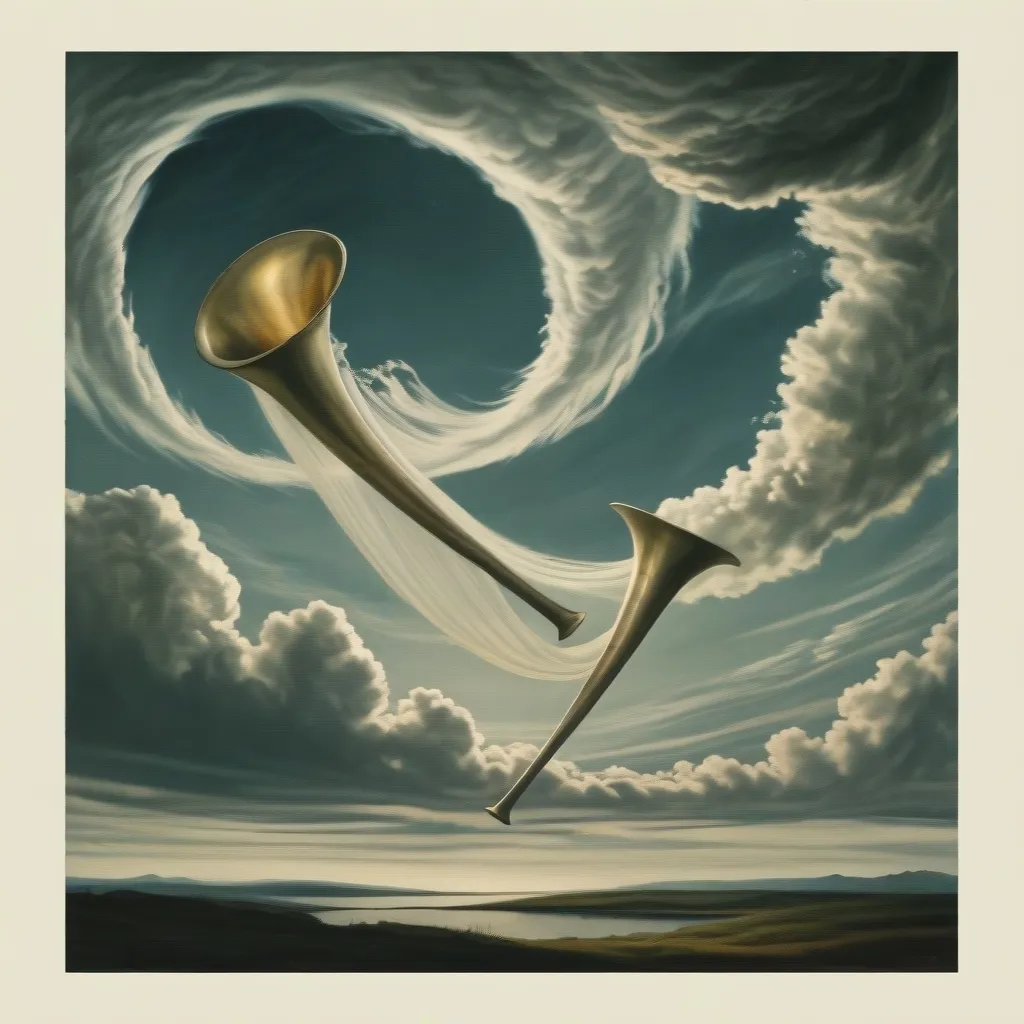Ever wondered how to cook a chicken with a particle accelerator? It’s a wild idea, but let’s walk through it.
First, you start with a raw chicken—easy enough. Next, you need a particle accelerator, a bit trickier to come by. Imagine sliding the chicken into this high-tech device.
To get things going, we need to remove all the air in the beam pipe to avoid collisions between air molecules and beam particles. As the air pressure drops to near vacuum, moisture and other molecules in the chicken vaporize, leaving the outer layer dried and brittle.
When the magnets start cooling down, any remaining water in the chicken freezes. Then it’s showtime. As we turn on the beam, magnetic fields focus it to the width of a hair, targeting just a narrow strand of the chicken. The beam obliterates every atom in its path, burning the meat around it with tremendous energy—but only if there were any oxygen to aid the burn.
Not only does the area around the collision point not stay raw, but it also becomes radioactive. So, when you finally pull out that chicken from the accelerator, it’s neither fully raw nor safely cooked.
You might think about taking a bite once it thaws, but between food poisoning and radiation poisoning, it’s definitely not recommended. So, cooking a chicken with a particle accelerator might remain one of those crazy ideas best left unexplored.






